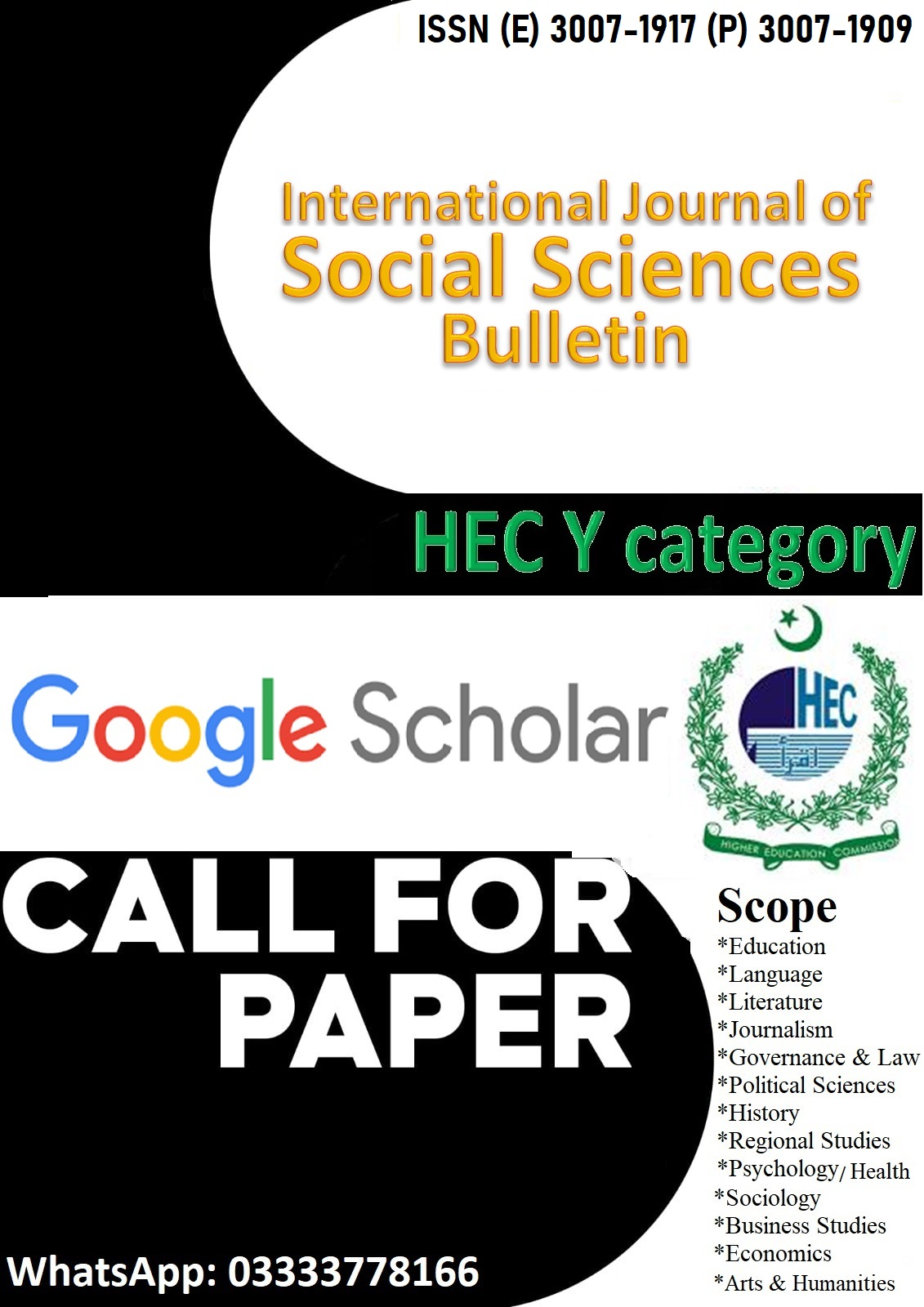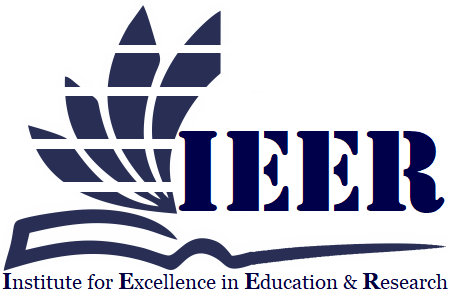THE DIGITAL–INSTITUTIONAL NEXUS: DIGITALIZATION, GOVERNANCE, AND CHINESE FDI IN BELT AND ROAD ECONOMIES
Keywords:
Digitalization, Foreign Direct Investment (FDI), Belt and Road Initiative (BRI), Institutional Quality, GovernanceAbstract
This study investigates the impact of digitalization on Chinese outward foreign direct investment (OFDI) in 40 Belt and Road Initiative (BRI) economies from 2005 to 2022, with institutional quality as a moderating factor. Using fixed-effects models and two-stage least squares estimation to address heterogeneity and endogeneity, the results show that greater digital penetration significantly increases Chinese FDI stocks, underscoring the strategic role of digital infrastructure in facilitating cross-border investment. Moreover, strong governance capturing rule of law, regulatory effectiveness, government efficiency, and corruption control amplifies these benefits by reducing investment risks and enhancing absorptive capacity. Heterogeneity analyses reveal that the positive effects of digitalization are strongest in high-governance contexts, while resource dependence undermines diversification. The findings highlight that while digitalization alone promotes Chinese FDI, its gains are maximized when combined with institutional reforms. For host economies, the policy implication is clear: digital infrastructure development should be complemented by governance strengthening to attract sustainable investment. For China and BRI institutions, promoting digital connectivity alongside institution-sensitive strategies is essential to sustain resilient investment flows. This study contributes by providing causal evidence on the digital–institutional nexus in OFDI, offering new insights for emerging markets.
Downloads
Published
Issue
Section
License
Copyright (c) 2025 Syed Laulak Haider, Sheraz Ali, Wasif Mehdi (Author)

This work is licensed under a Creative Commons Attribution-NonCommercial-NoDerivatives 4.0 International License.

















